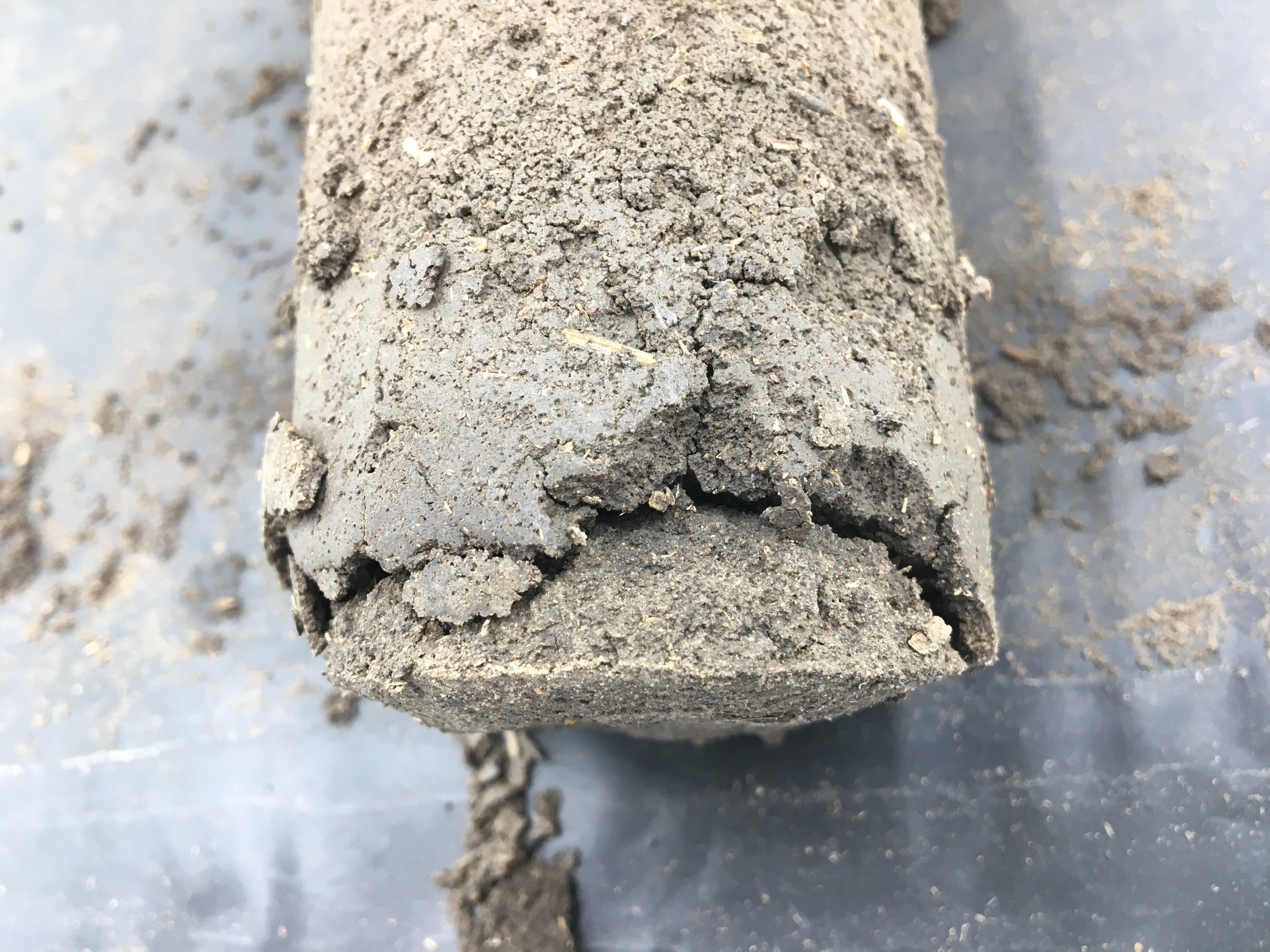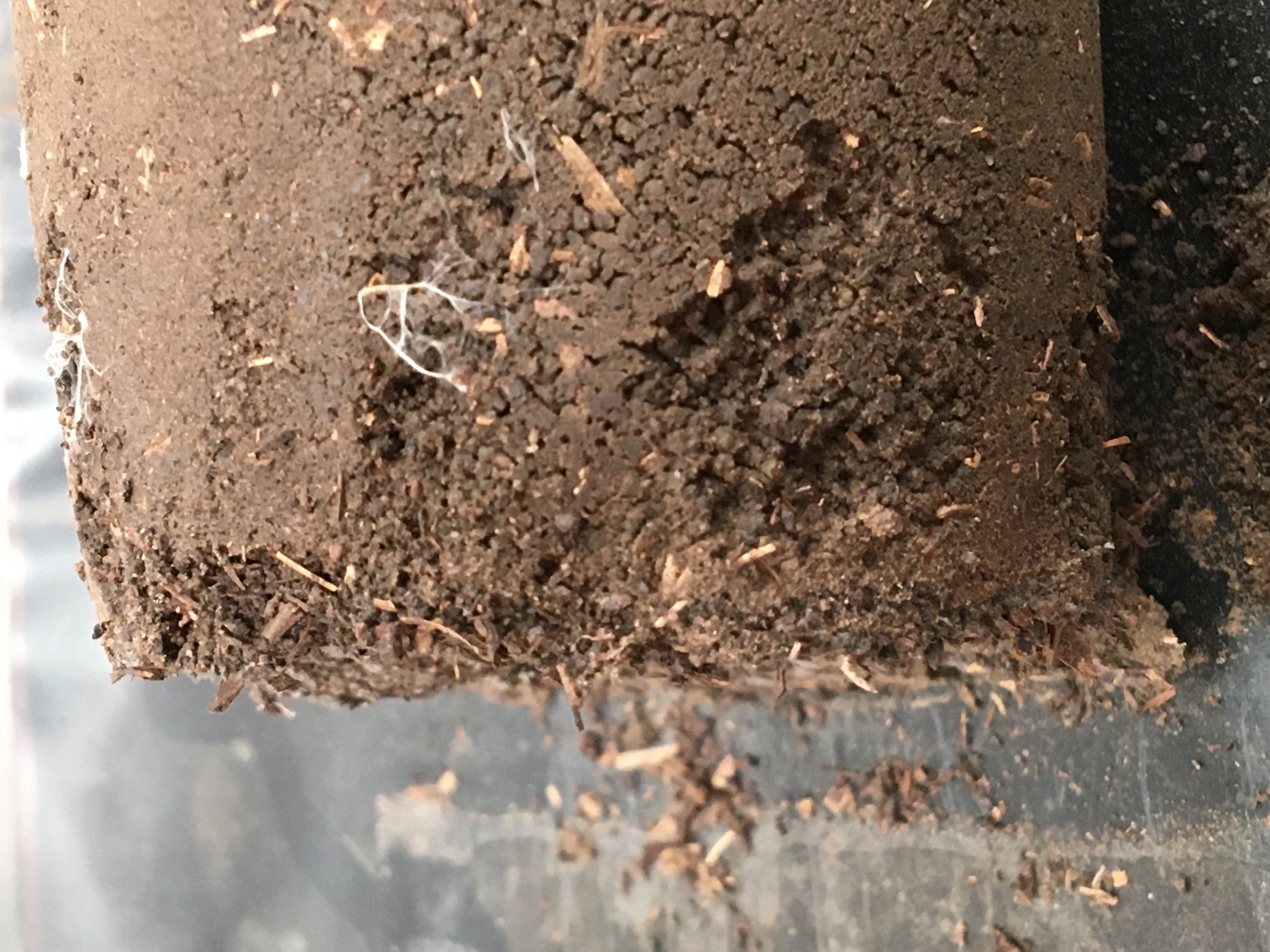Author: Rory Tomlinson, Technical Manager
Summary
Soil-column experiments demonstrated the effectiveness of Entra, a micronised gypsum product, in mitigating soil crusting and improving water-holding capacity compared to untreated controls. Entra-treated columns showed more than double the infiltration rates relative to controls and a 55% increase in water-holding capacity. The results indicate that Entra effectively mitigates soil crusting and dispersion, leading to improved soil moisture retention and potential plant available water content.
What is Entra?
Entra is a micronised gypsum product utilised for amendment of sodic soils and/or provision of calcium and sulphur as plant nutrients. A primary function of Entra is to mitigate clay dispersion and surface crusting in sodic, dispersing soils through the provision of electrolyte and displacement of sodium. Unlike traditional bulk gypsum, which is much coarser, Entra is ultra-fine, making it highly reactive and allowing it to deliver immediate results at the soil surface.
Fertec: A Joint Venture Partner
Entra is a product by Fertec, a company that is a joint venture of Tanuki, dedicated to advancing soil and water sustainability initiatives.
Experiment 1 – Initial Soil Column Studies
We evaluated the effectiveness of Entra (ca. 360 kg/ha) in preventing crusting of a dispersing Vertisol with 200 mm soil columns in 250 mm PVC pipes. Rainfall was simulated using plastic-cups with pin-holes (to form raindrops) and using deionised water (to simulate rainfall purity). Infiltration rates (IR) were compared between an Entra-treated column and an untreated (control) column by simulating 3 x 50 mm rainfall events. Leachate volume was recorded to establish water-holding capacity and soil structure was evaluated following experimentation.
Infiltration Rates
Average infiltration rate (IR) data (3 reps) for the first rainfall cycle 1 (RC1, 50 mm) (Fig 1) show that IR in columns treated with Entra was more than double the control columns. This was attributable to clay dispersion and crusting which reduced the rate of water infiltration in the untreated column. Conversely, Entra provided sufficient electrolyte to mitigate clay dispersion and crusting.
Fig 1. Infiltration rates - Entra vs control columns following first 50 mm of simulated rainfall; average of 3 reps
Water-Holding Capacity
Water-holding capacity of ENTRA-treated column was increased by 55% over the control (Fig 2), an aspect which implied that ENTRA would improve plant available water content (PAWC). Gypsum directly prevents swelling and dispersion and indirectly increases porosity and hydraulic properties etc. which improve moisture holding capacity. Water penetration and storage benefits resulting from gypsum application have been reported for soils around the world (Shainberg et al 1989, p. 19, 20), including in Australia (e.g. Valzano et al 2001).
We expect ENTRA to improve PAWC in a range of dispersing soils, due to mitigation of soil crusting as crusting limits water infiltration and uniform wetting of the soil profile. Indeed, profile-wetting was very poor in many of the control columns in our study.
Fig 2. Average water-holding (3 reps) capacity of Entra columns vs control
Leachate Turbidity
Leachate from the control column was highly turbid due to clay dispersion. By contrast, leachate from the Entra-treated column was much clearer due to sustained flocculation of clay minerals at the soil surface (Fig 3).
Fig 3. Turbidity of leachate from control (LHS) and Entra-treated column (RHS) following 3 rainfall simulations.
Soil Crusting
Crusting was confirmed in the untreated (control) column when soil columns were removed from PVC pipes following experimentation (Fig 4).
Conclusion
This soil-column study with a dispersing, crusting Vertisol showed that ENTRA:
- improved infiltration rate of simulated rainfall,
- increased water-holding capacity of the soil and,
- effectively mitigated crusting
when applied at a low rate (relative to typical rates used for bulk gypsum). This was attributable to rapid solubility of Entra and supply of electrolyte (which offsets clay dispersion and subsequent crusting) as well as sodium displacement at the soil surface.
  |  |
Figure 4. Soil columns following experimentation. LHS - heavy crusting in the untreated control; note dispersed clay around edges of the soil-column; RHS - Entra-treated soil (ca. 360 kg/ha equivalent) showing structural integrity and no crusting following simulation of rainfall (3 x 50 mm).
References
Shainberg I., Sumner M.E., Miller W.P., Farina M.P.W., Pavan M.A. & Fey M.V. 1989. Use of gypsum on soils: A review. Advances in Soil Science 9, 1-111.
Valzano F.P., B. W. Murphy and R. S. B. Greene. 2001. The long-term effects of lime (CaCO3), gypsum (CaSO4.2H2O), and tillage on the physical and chemical properties of a sodic red-brown earth. Australian Journal of Soil Research 39(6) 1307 – 1331



